
What Did Greek Replace Egyptian Gods With? The Blend of Two Cultures
The question of what Greek replaced Egyptian gods with sparks curiosity about the intersection of two grand civilizations. The Greek and Egyptian cultures, rich in mythology, exchanged ideas, beliefs, and practices during their interactions. This cultural exchange often led to transformations in religious concepts, a blending of deities, and new interpretations of divine worship. But what did the Greek replace Egyptian gods with?
Let's explore this fascinating historical transition in depth, and discover the strong connection between these two worlds.
Historical Timeline of Greek-Egyptian Cultural Contact
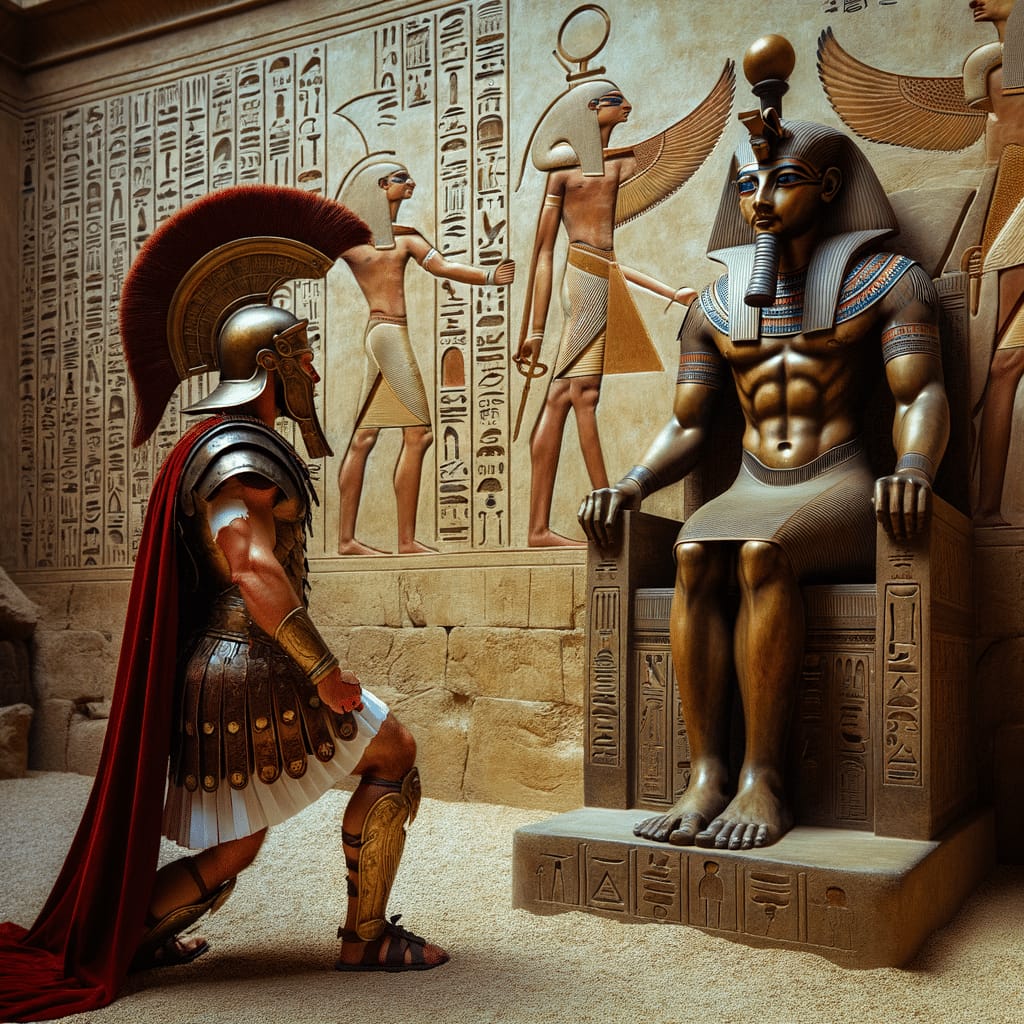
The exciting story of Greek-Egyptian cultural contact is many millennia-long and goes through very significant periods. Let's review the relevant, rich history that shaped the blending of those two magnificent civilizations.
Early Trade Relations (7th-6th Century BC)
The first contact between the Greeks and Egyptians began along the sea trade routes: Greek traders and mercenaries constantly visited the Egyptian ports, placing the trading posts in the area of the Nile Delta. At this time, the first Greek settlement in Egypt, Naucratis, would be established, to then become an important center for cultural exchange.
Persian Period (525-332 BC)
The Greek influence continued during the Persian rule of Egypt. Greek mercenaries served in the army of the ruling Persians, which favored their cultural interaction. Such was the period that laid foundations for future Greek-Egyptian relations and religious syncretism.
Alexandrian Era (332-30 BC)
The conquest of Alexander the Great marked a turning point in Greek-Egyptian relations. A new capital was founded in Alexandria, and a melting pot of cultures evolved. Under the Ptolemaic dynasty, Greek became the official language of administration, while the religious traditions of the Egyptians were preserved and integrated with those of the Greeks.
Ptolemaic Cultural Integration
Indeed, the Ptolemaic rulers encouraged cultural syncretism while showing consideration for both traditions. In developing these cults, such as Serapis, they combined Greek and Egyptian religious elements. A close examination will reveal that this true Greco-Egyptian syncretism used bilingual priests in the temples, with official texts in both Greek and Egyptian.
Roman Period and Beyond
Even after Egypt became a Roman province in 30 BC, the Greek-Egyptian cultural synthesis continued to influence the Mediterranean world. The cult of Isis spread throughout the Roman Empire, demonstrating the lasting impact of this cultural integration.
A key takeaway is the profound impact of a millennium of Greek-Egyptian interaction. Starting as trade, it developed into deep religious and cultural integration, shaping both civilizations.
Religious Practices and Worship Systems

The ancient Greeks and Egyptians developed a different approach towards the service of their gods, wherein the cultural values and belief systems of the two are reflected. Whereas religious practices were different in execution, they shared fundamental similarities in purpose and devotion.
Temple Architecture and Sacred Spaces
Egyptian temples were great stone structures built as residences for the gods, accessible only to priests and royalty. The innermost sanctuaries, housing divine statues, were closed to public view. Greek temples were more public buildings with open courtyards and columned facades where citizens could join in religious activities.
The Egyptians built their temples along the Nile, introducing symbolic elements such as obelisks and pylons. Greek temples placed on higher ground displayed the Doric, Ionic, and Corinthian orders and expressed harmony and balance in their structure.
Rites and Sacrifices
Both civilizations practiced daily rituals for their gods, but both did it differently. The Egyptian priests carried out elaborate daily ceremonies, including washing and dressing the divine statues, offering food, and saying prayers in their honor. These rituals were complex, following strict protocols passed down through generations.
Greek religion was more communal, featuring public festivals, processions, and sacrifices. The Greeks used such events as the Panathenaia in honor of Athena and the Dionysia in honor of Dionysus, combining the religious and cultural elements of celebration through athletics, dramatic contests, and dining.
Food, drink, and other things of value were common offerings to both cultures. Unlike the Egyptians, who kept offerings sealed in temples, Greeks often shared sacrificial meat communally. This shared consumption strengthened their bond with the gods.
Egyptian religious practices were private and priest-led, largely confined to temples. In contrast, Greek worship involved public festivals and shared rituals. This highlights their different approaches to spirituality.
Deity Representation and Symbolism

Visual Differences in the Representation of Gods
The Ancient Egyptians and Greeks represented their gods in very distinct manners. The Egyptians often used the human body with the head of an animal to depict their gods, symbolizing the attachment to nature and the animal kingdom. Thus, artists depicted Horus with a falcon's head and Anubis with a jackal's head.
The Greeks envisioned their gods in human form, although with supernatural powers. This anthropomorphic manifestation reflects the Greek ideal of human perfection and a belief that gods were superhuman beings with enhanced physical and mental abilities.
Symbolic Elements and Attributes
The same symbols and attributes were employed by both cultures to represent their gods. Egyptian artists depicted their gods as holding specific items, referred to as regalia, in which Osiris held the crook and flail, which symbolized kingship, while Thoth held a writing palette to symbolize wisdom and knowledge.
The Greek gods had their strange symbols too: Zeus hurled lightning, Poseidon used to hold a trident, and Athena artists often depicted with an owl, symbolizing wisdom. It helped the people recognize their gods and understand their fields of influence.
Sacred Animals and Their Significance
Greeks, on the other hand, unlike Egyptians who combined their deities with animal forms in their literature, associated certain animals with their gods without physical combination. These three such cases are Athena's owl, Apollo's dolphins, and Artemis's deer as sacred companions, not physical manifestations of the gods themselves.
The different ways the gods were represented by each ancient civilization point to principal theological differences: Egyptians imagined gods as natural forces while Greeks saw them as supernatural beings controlling nature.
Key Takeaway The Egyptian gods merged animal and human forms with distinct regalia, whereas the Greek deities retained human forms, with symbolic attributes, and as such reflected their specific theological views of the divine.
The Process of Cultural Integration

There was a peculiar fusion of Greek and Egyptian cultures in the ancient world, especially during the Ptolemaic period. This integration was not sudden but came through centuries of interactions and mutual influences.
Trade and Early Relations
Merchants and traders created the initial bridge between these civilizations. Already during the 7th century BC, Greek traders had established themselves in permanent settlements in Egyptian cities such as Naucratis. Commercial quarters would become the melting pots in which cultures mixed in the course of daily life.
Syncretism of Religions
This religious blending is interesting because, instead of substitution with Egyptian deities, the Greeks interpreted graeca-that is, they identified foreign gods with their own based on similar attributes and functions. All this helped to keep both traditions alive, besides creating new hybrid forms of worship.
Administrative Integration
The smart thing that Alexander the Great did in 332 BC, when conquering Egypt, was an affect of cultural fusion: the Ptolemaic dynasty that succeeded him practiced the religious ways of Egyptians but introduced Greek administrative systems; this dual approach maintained stability and acceptance among both populations.
Artistic and Architectural Fusion
The integration process was also very evident in art and architecture. Temples showed Greek and Egyptian features, and statues reflected both artistic traditions. One of the striking examples was the Lighthouse of Alexandria, boasting both Greek engineering and Egyptian monumentality.
Social Adaptation
In daily life, the Greeks of Egypt assumed Egyptian attitudes and ways of life but retained the characteristics of self-identity. There were many mixed marriages, particularly in large urban centers such as Alexandria, and this produced a distinctive Greco-Egyptian society with elements of both parent cultures.
Key Takeaway, the assimilation of Greek and Egyptian cultures was gradual, varied, and encompassing trade, religion, administration, art, and personal contact to create a very distinct hybrid civilization.
Major Deity Equivalences

Equivalencies between the gods of ancient Greeks and Egyptians were such that there was a rather complex system of equivalences that bridged these two rich mythological traditions.
Primary God Associations
Out of them all, the most striking congruence between the gods was between the Greek Zeus, king of gods, and Egyptian sun god, creation-deity Amun-Ra as each held supreme rule and was considered to be the father of all other gods, and the God of the afterlife, Osiris was equated with the Greek god Hades because of his ruler-ship over the dead.
Athena, the Greek goddess of wisdom, shared her counterpart in Neith, the Egyptian goddess who was associated with war and weaving. Because the Greeks called the Egyptian city of Sais (Neith's major center of worship) the city of Athena, the two goddesses' connection became apparent.
Divine Female Counterparts
The female deities are important in both pantheons. Isis, the Egyptian deity of motherhood and magic, was most popularly paralleled with the Greek deity, Demeter, the goddess of agriculture and fertility. Maternal attributes and life-giving powers brought honor to them.
Hathor was the Egyptian goddess of love and beauty and shared many characteristics with Aphrodite. Both were portrayals of feminine grace, connected with music, dance, and love affairs. In the Ptolemaic period, both forms of worship often merged in hybrid ceremonies that combined elements of both traditions.
The Egyptian goddess Bastet, a fierce lioness deity who later became associated with cats and protection, found her Greek equivalent in Artemis. Both goddesses were associated with the moon and offered protection to women and children.
Greek and Egyptian gods were not merely translated; their pairing is a sign of a cultural combination in an advanced stage. They linked gods of similar roles to connect belief systems.
The Ptolemaic Influence
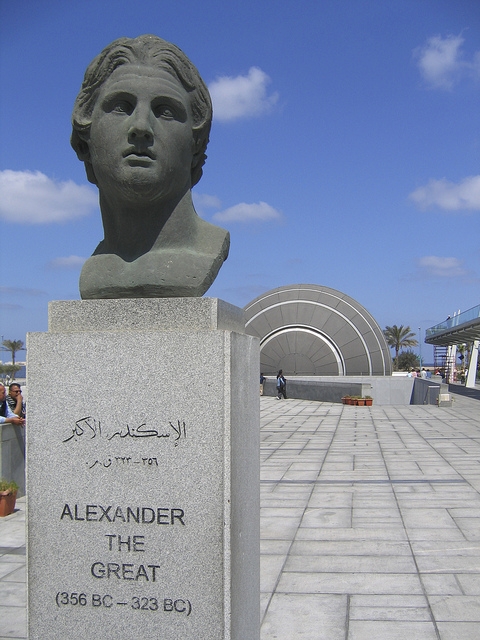
The Ptolemaic Dynasty's rule over Egypt from 305 to 30 BCE realized one of history's most interesting instances of cultural amalgamation: a remarkable assimilation of Greek and Egyptian religious traditions into an organized entity.
Strategic Religious Integration
The Ptolemaic rulers displayed political sagacity in blending Greek and Egyptian religious practices. Without imposing Greek beliefs on the Egyptians, they made subtle adaptations. They kept respect for the traditions of the Egyptians while introducing the Greek ones.
Creation of Hybrid Deities
The most important religious innovation of this era was the creation of hybrid deities. Serapis is the best example; he was a god designed to be popular in both cultures. The new deity had attributes taken from the Egyptian Osiris, mixed with the characteristics of Greek gods like Zeus and Hades; it created a connection between both religious systems.
Administrative Changes
The Ptolemaic rulers made Greek the official language of administration while retaining Egyptian for religious ceremonies. This bilingual policy contributed to religious authenticity, while it also governed function. Temples became centers of religious and administrative activities, serving as an important interface between the ruling class and the local populations.
Architectural Evolution
Religious architecture also manifested the cultural fusion. Greek architectural features were added to the traditional Egyptian temple designs; however, designers preserved the core Egyptian religious symbolism. The Temple of Edfu built during the Ptolemaic period is one perfect example of this architectural amalgamation.
Religious Festivals
During the Ptolemaic period, new religious festivals were instituted, combining Greek and Egyptian elements. Such festivals were a powerful force for cultural integration, enabling both communities to share in common religious life while maintaining their own identities.
Key Takeaway The Ptolemaic dynasty combined Greek and Egyptian religious traditions in a unique syncretic culture of hybrid deities, double languages, and merged religious practices.
Legacy and Historical Documentation

Various ancient texts and archaeological findings preserve the historical records of Greek-Egyptian religious integration, offering us invaluable insights into this fascinating cultural merger.
Accounts by Ancient Historians
Herodotus is often termed the Father of History as he left minute details related to Egyptian gods and their comparisons with Greek ones. It is one of those documented efforts to trace or explain the relationship between divine pantheons. These observations of his will, therefore, be very helpful for locating how Greeks interpreted and used Egyptian religious concepts.
Evidence from Archaeology
The different discoveries in archaeology have indeed proven the extent of the Greek-Egyptian religious syncretism. Temples, statues, and other religious artifacts physically present in Egypt, especially in Alexandria and the Faiyum region, have represented a blend of artistic styles and religious symbolism over time.
Ptolemaic Documentation
The Ptolemaic dynasty left quite extensive records of their efforts to blend Greek and Egyptian religious traditions. Official documents, temple inscriptions, and royal decrees reveal their systematic approach to religious integration. Records of rulers like Ptolemy I Soter promoting the worship of hybrid deities, such as Serapis, to unite their diverse subjects abound.
Modern Research Impact
Contemporary scholars continue to expose new facets of this religious integration, using advanced techniques in archaeology and new interpretations of ancient texts. It is through them that one learns how such unique cultural fusion influenced not only ancient societies but also modern religious and cultural perspectives.
Key Takeaway Ancient historical records, from Herodotus's writings to archaeological findings, form important evidence of how the Greek and Egyptian religious traditions were systematically integrated in the Ptolemaic period.
Conclusion
The answer to "What did Greek replace Egyptian gods with" reflects a tale of cultural exchange and religious innovation. A syncretic integration of the Egyptian and Greek pantheons reveals a deep respect for ancient traditions, combined with a willingness to embrace the new. This syncretism is a powerful reminder of human creativity and collaboration. Whether through Serapis, Isis, or Osiris, the combined pantheons of these ancient civilizations continue to inspire and inform our understanding of the past.

.webp)
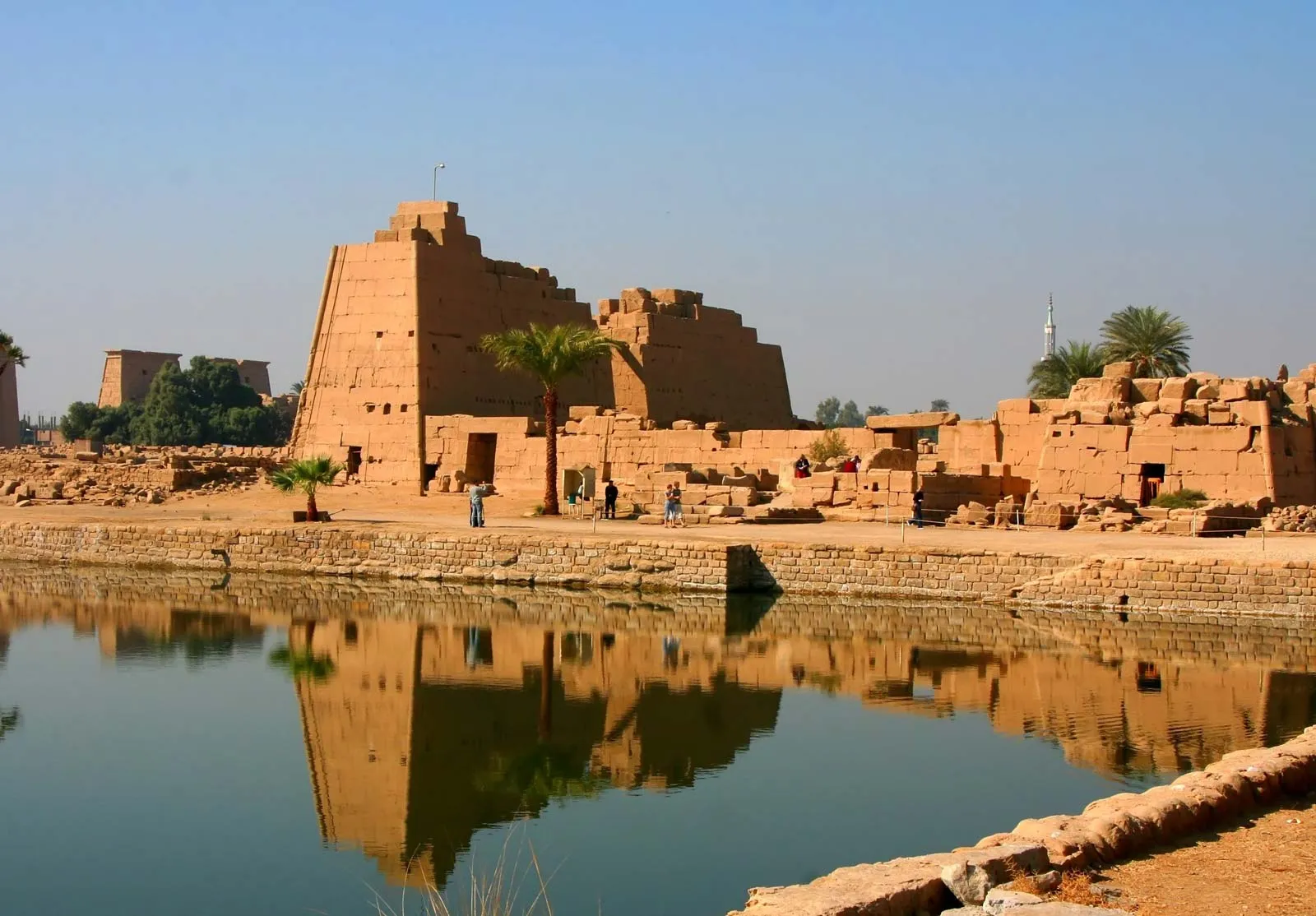




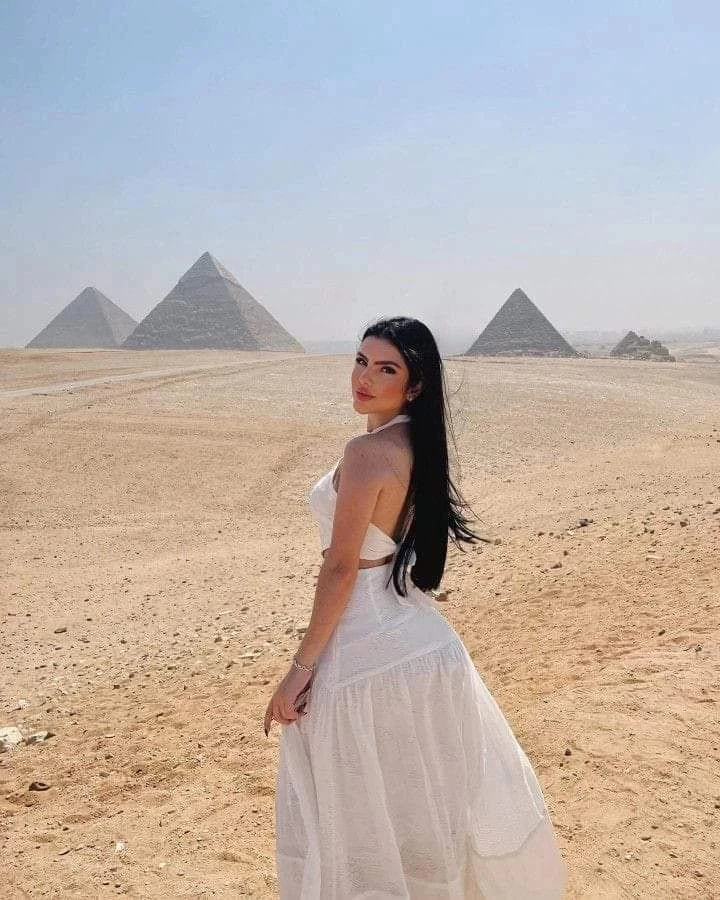

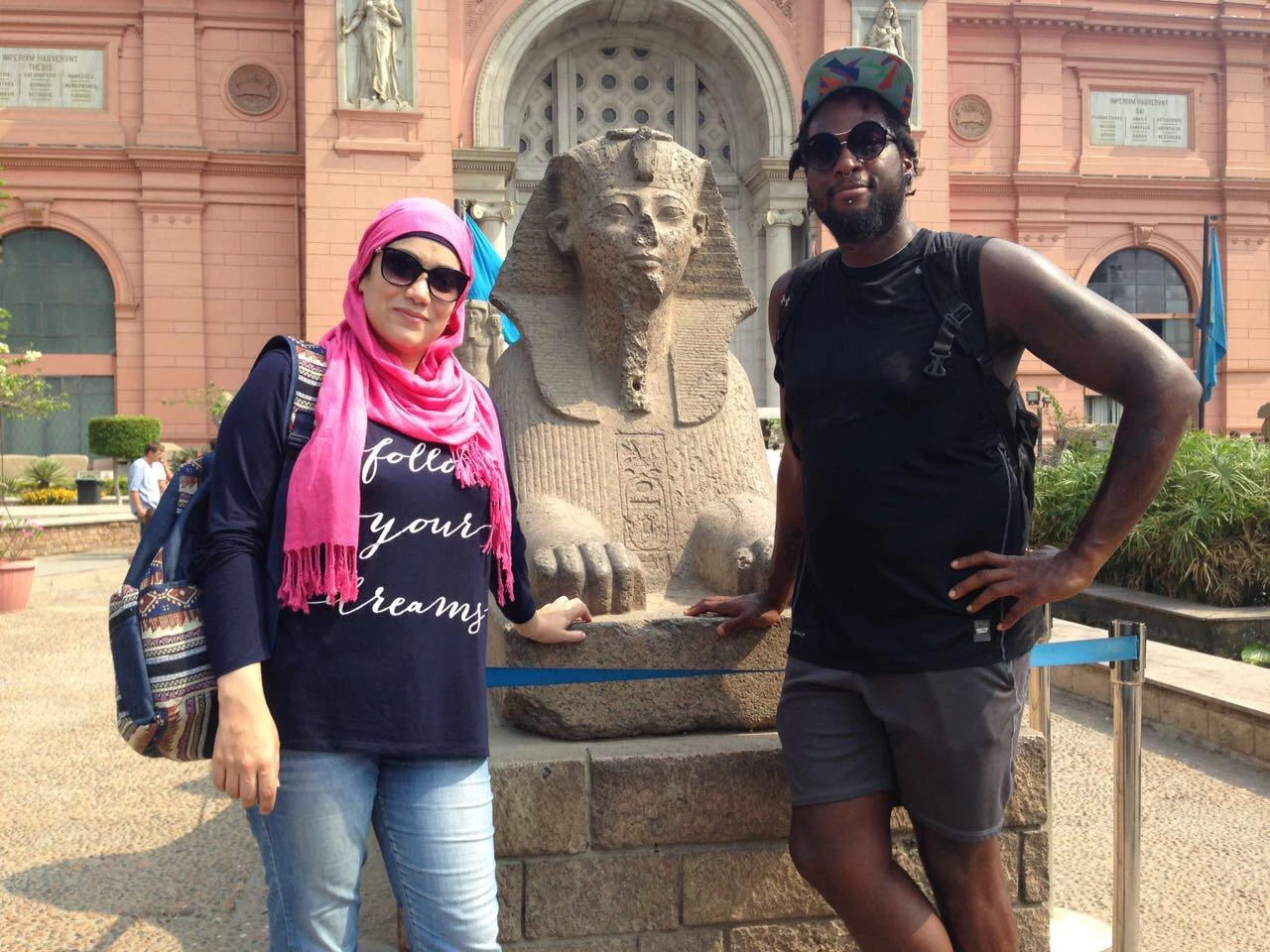
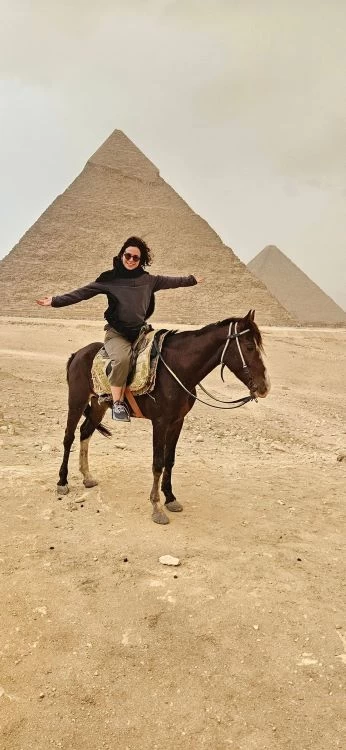

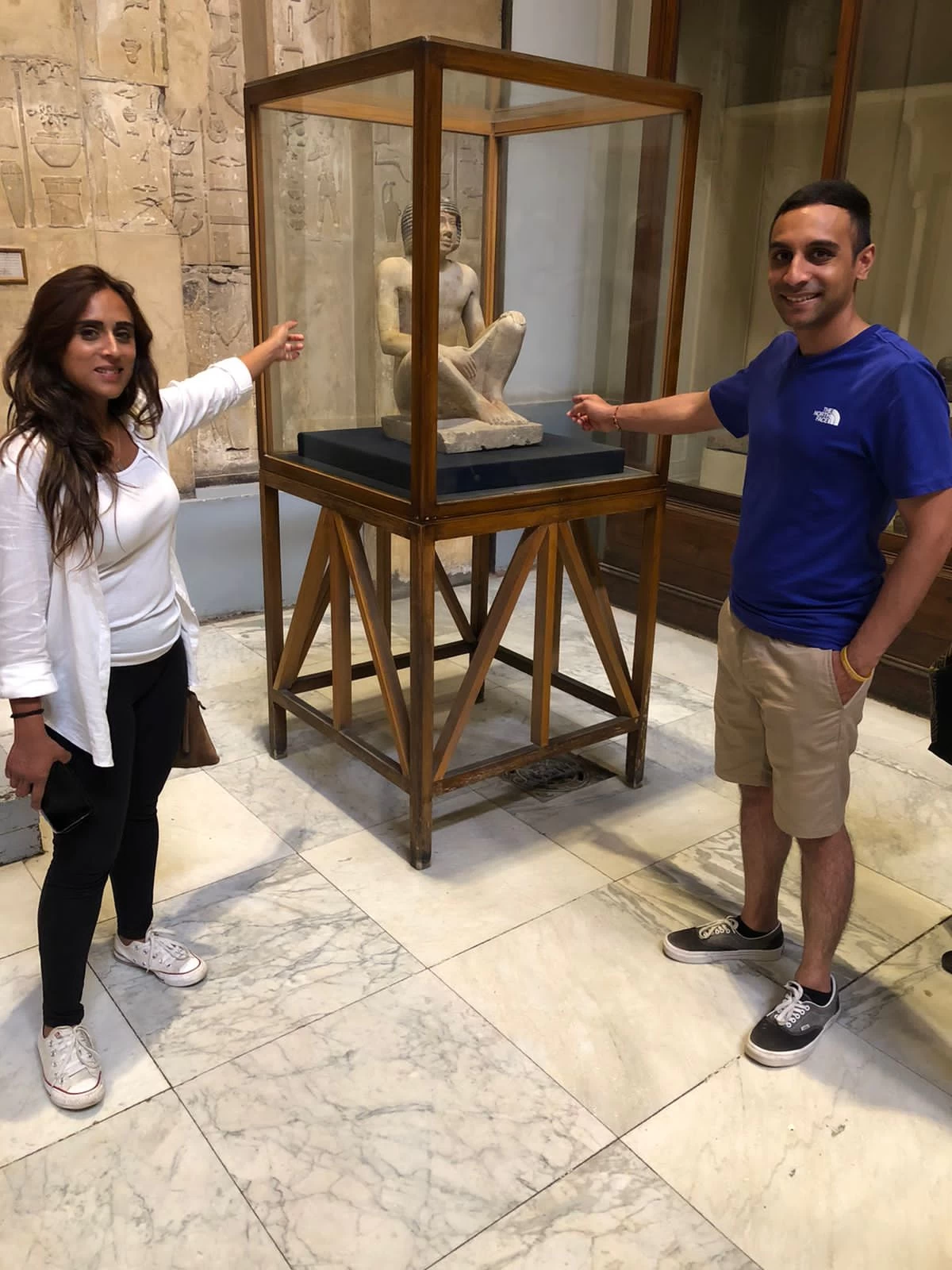

-webp.webp)

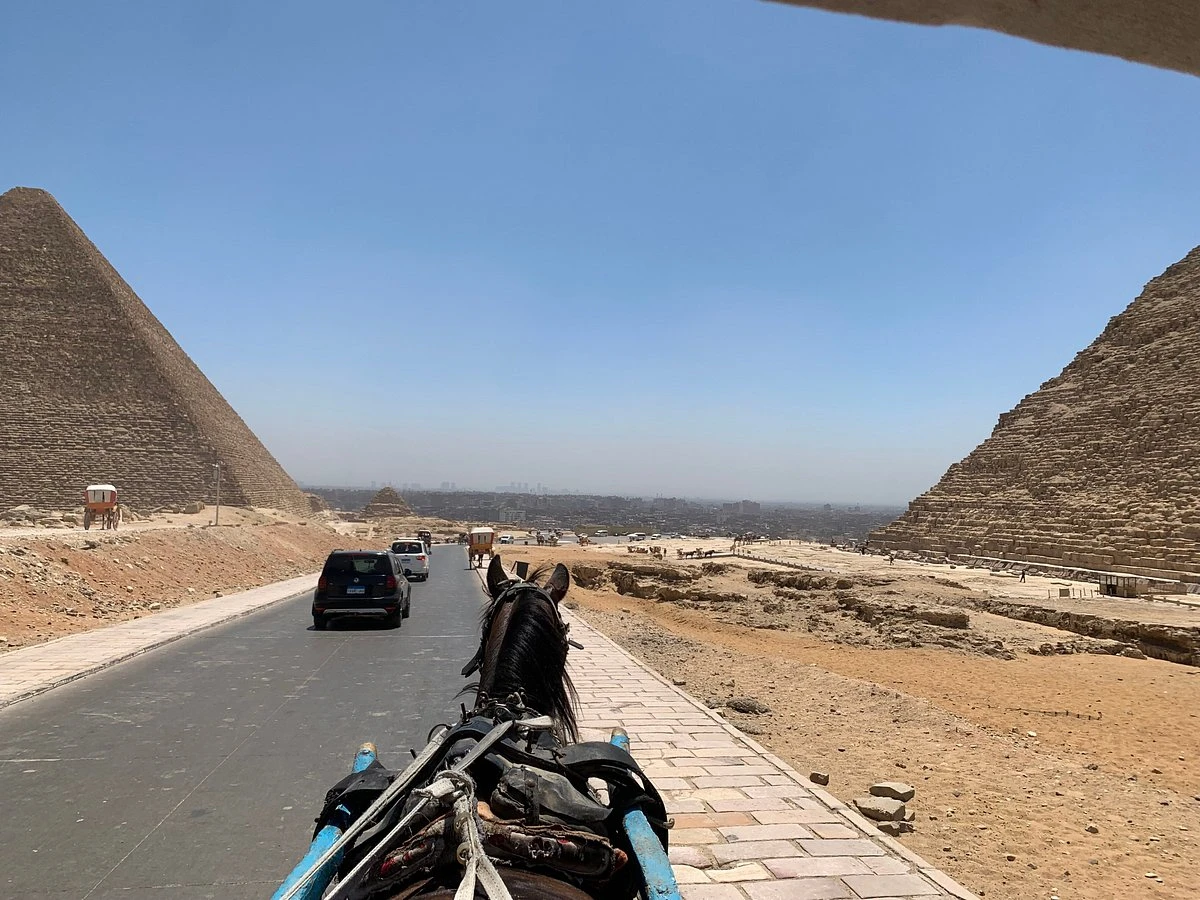
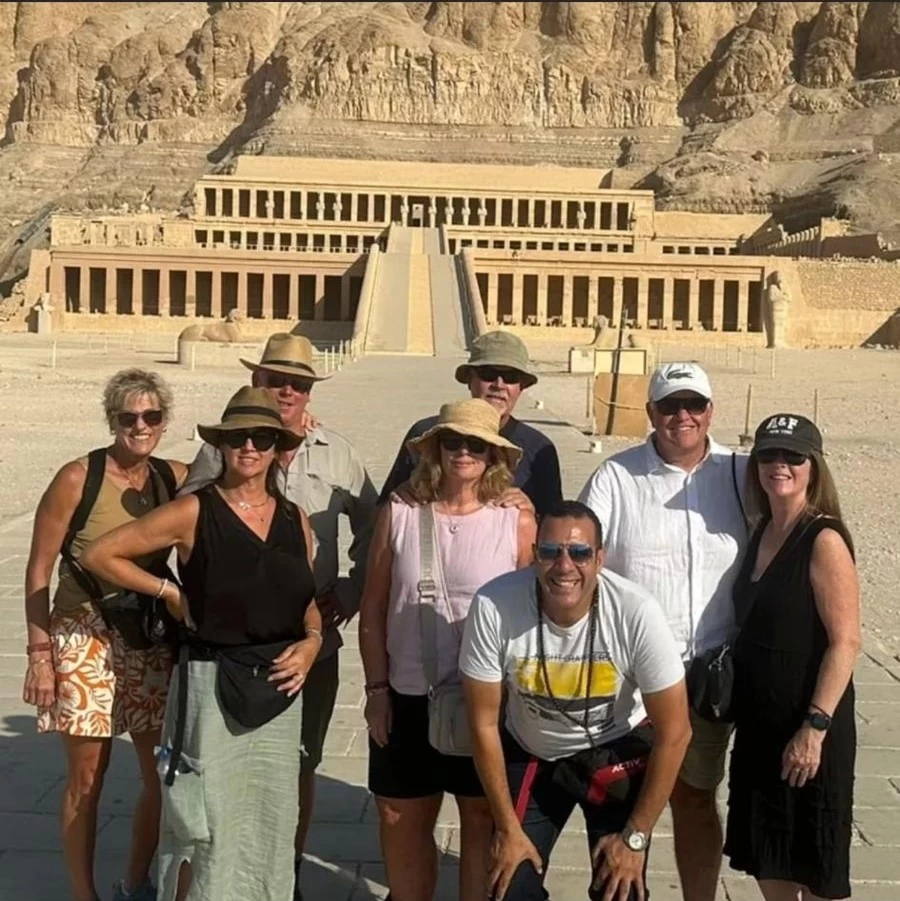
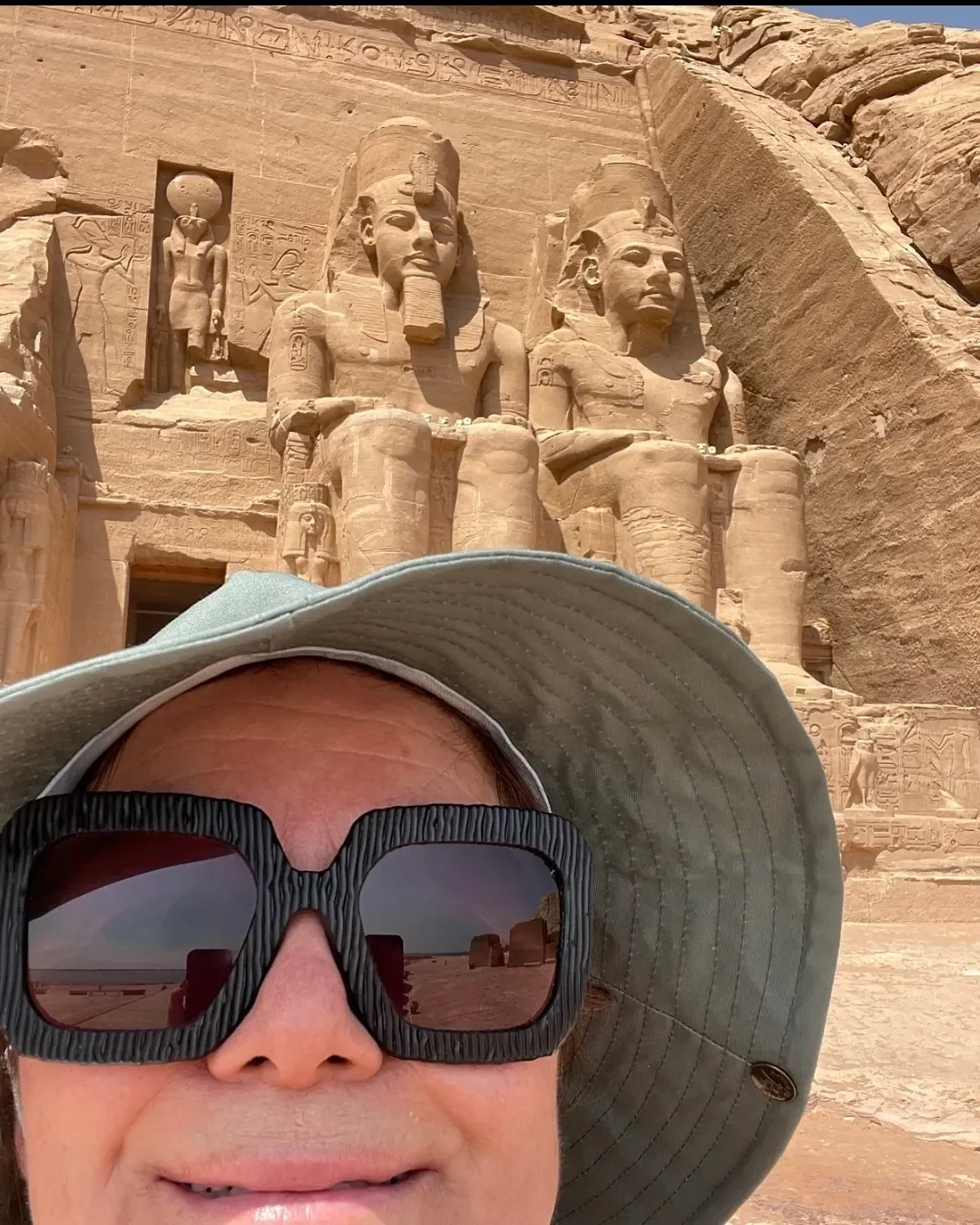

-webp.webp)

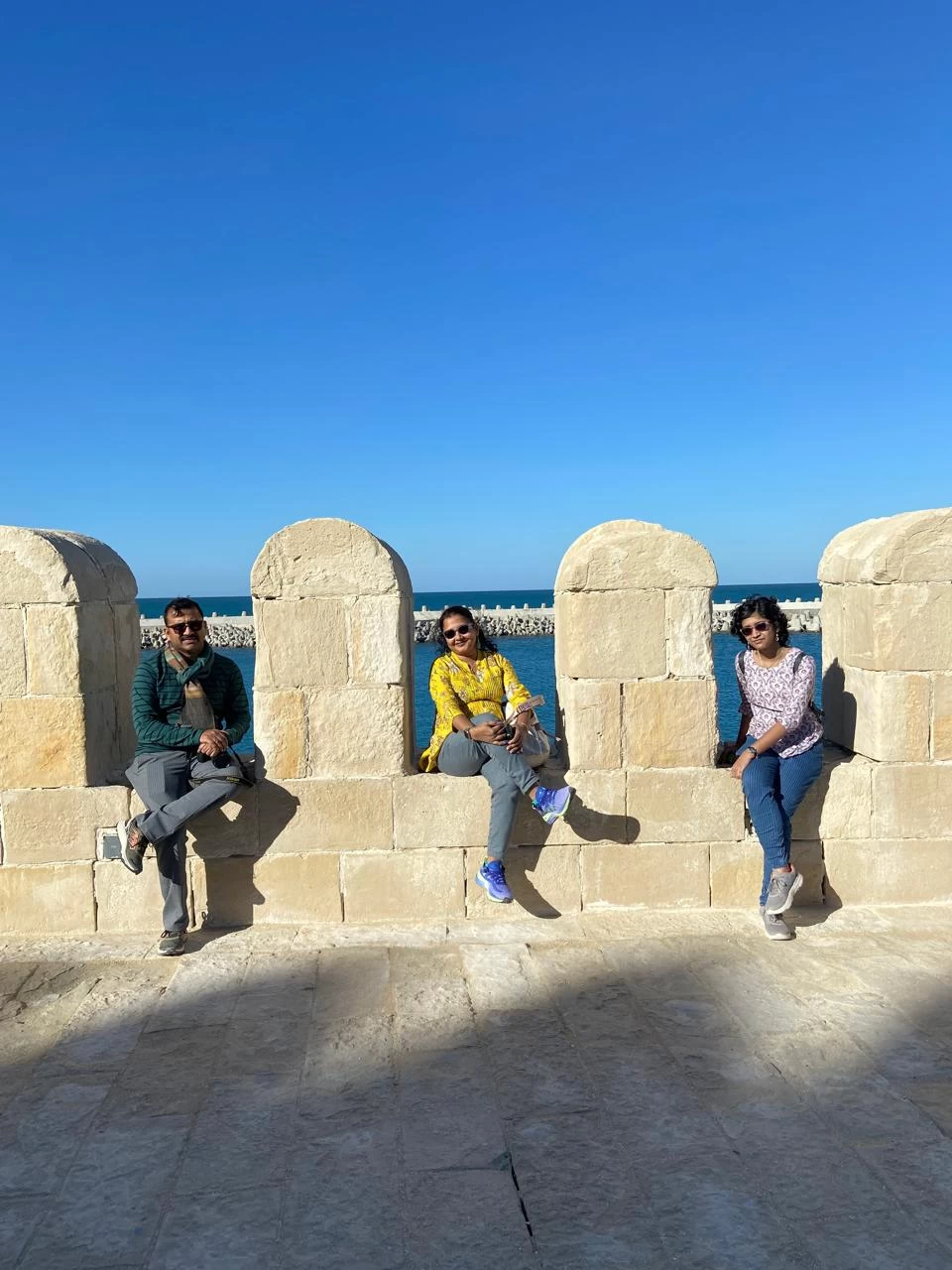


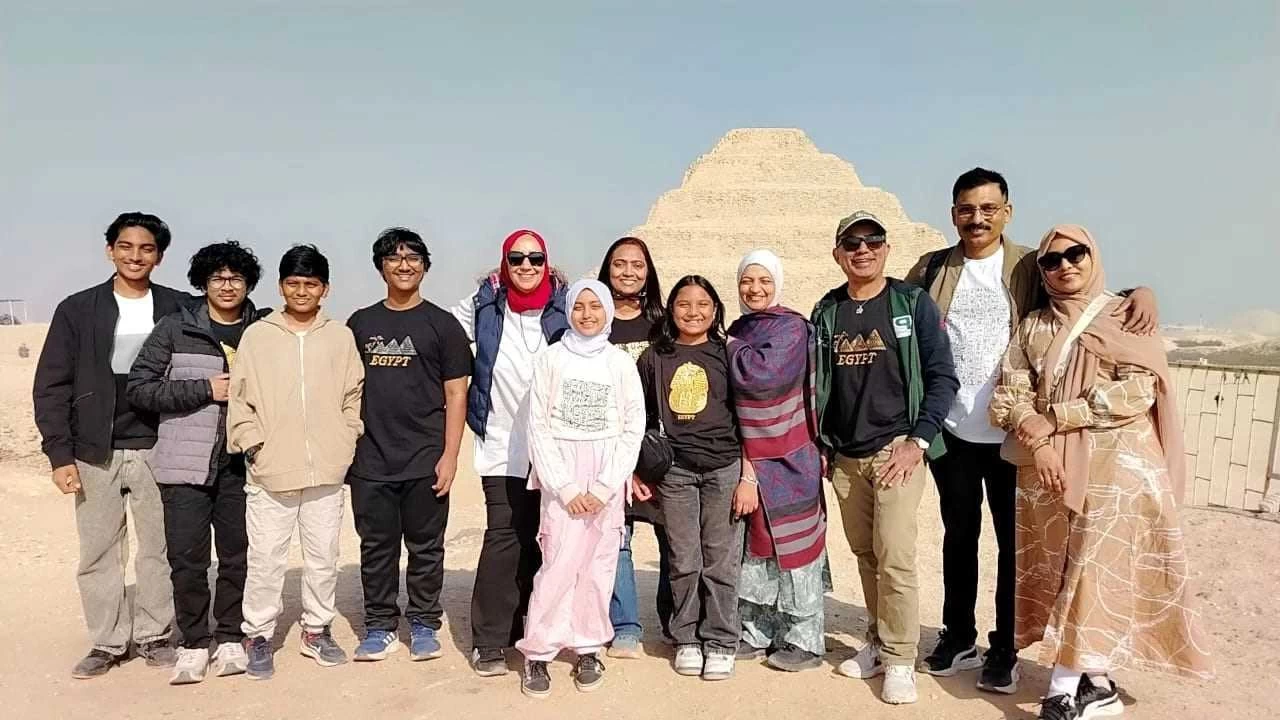
-webp.webp)
-webp.webp)
-webp.webp)
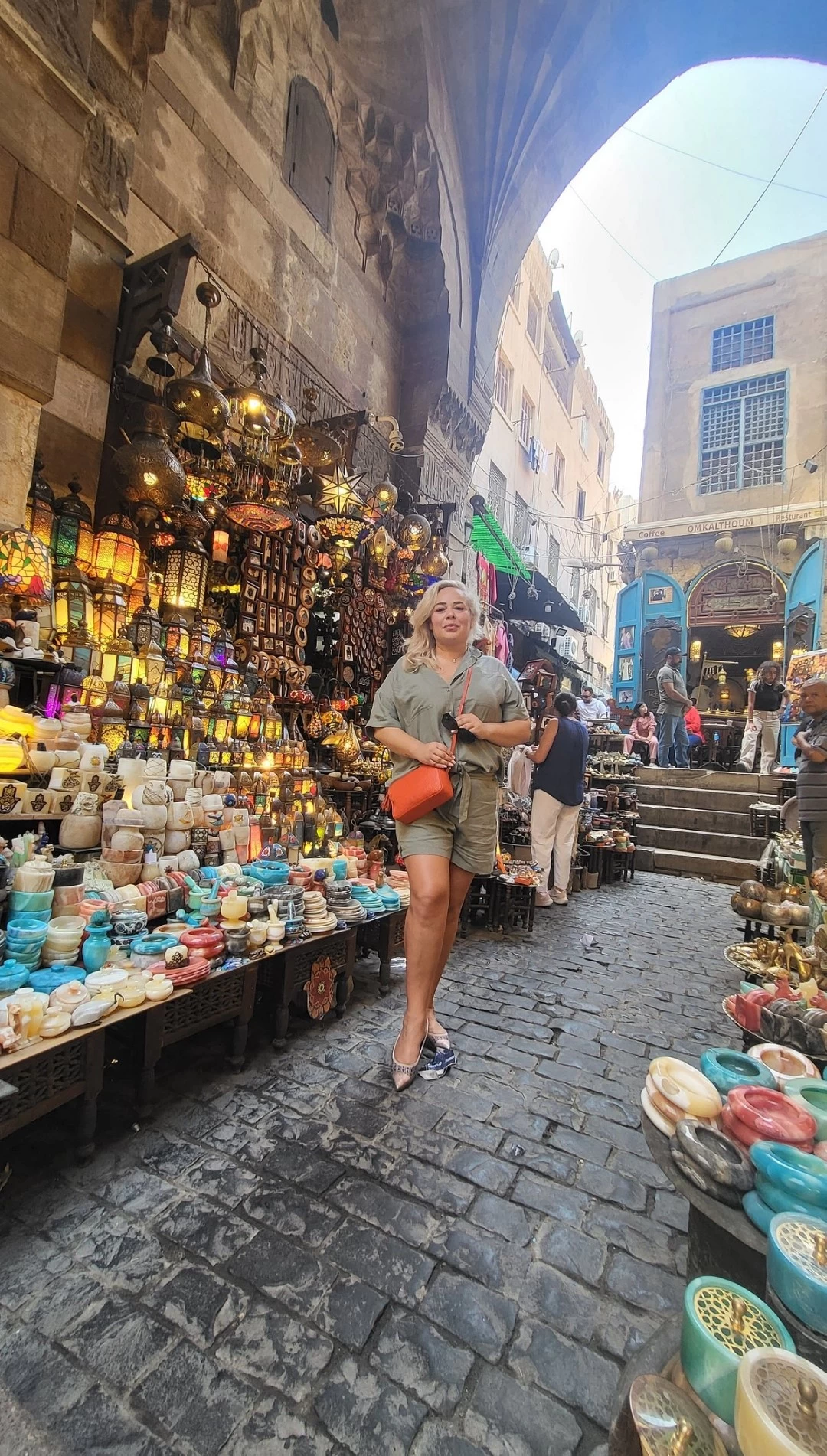
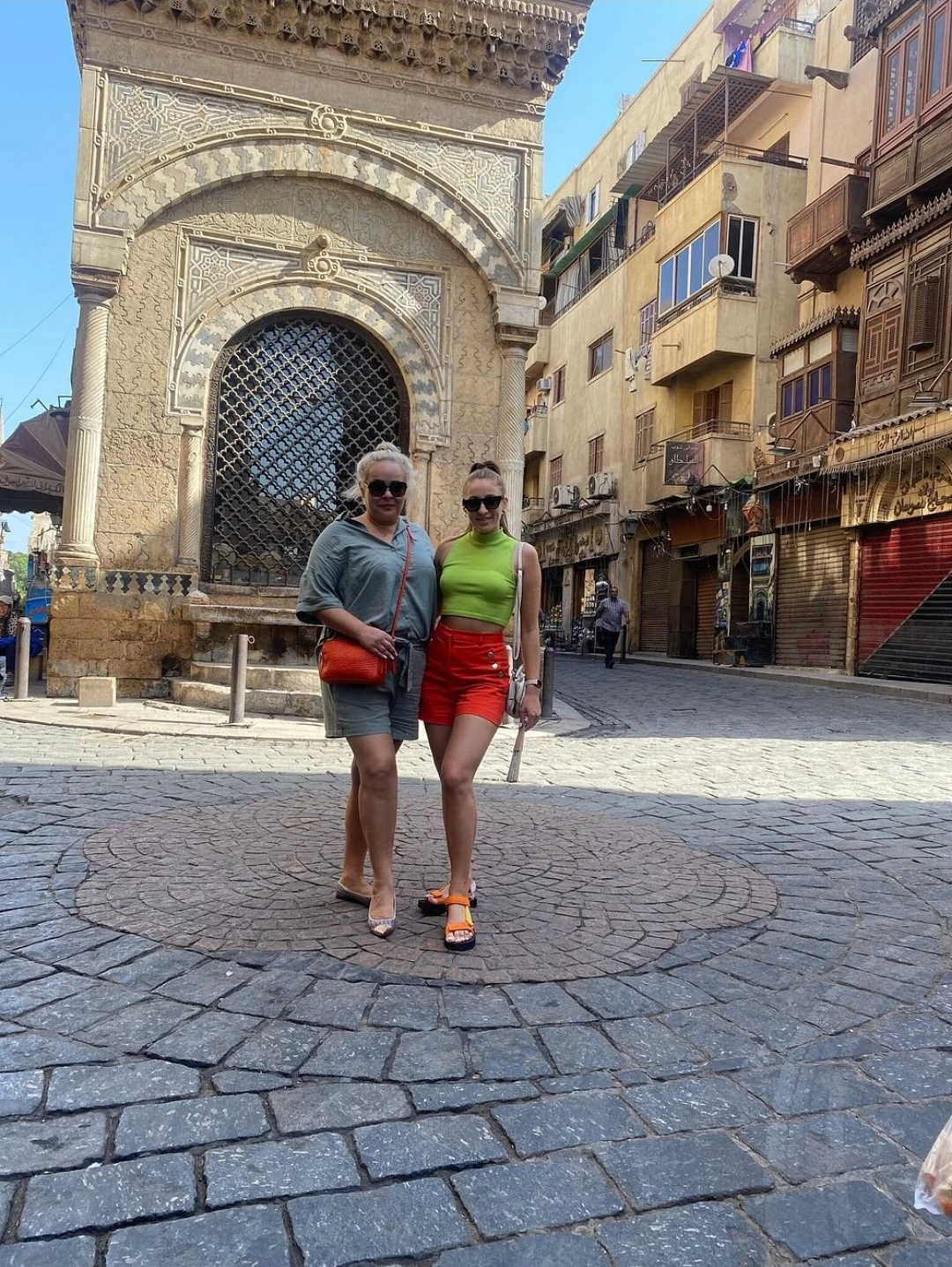



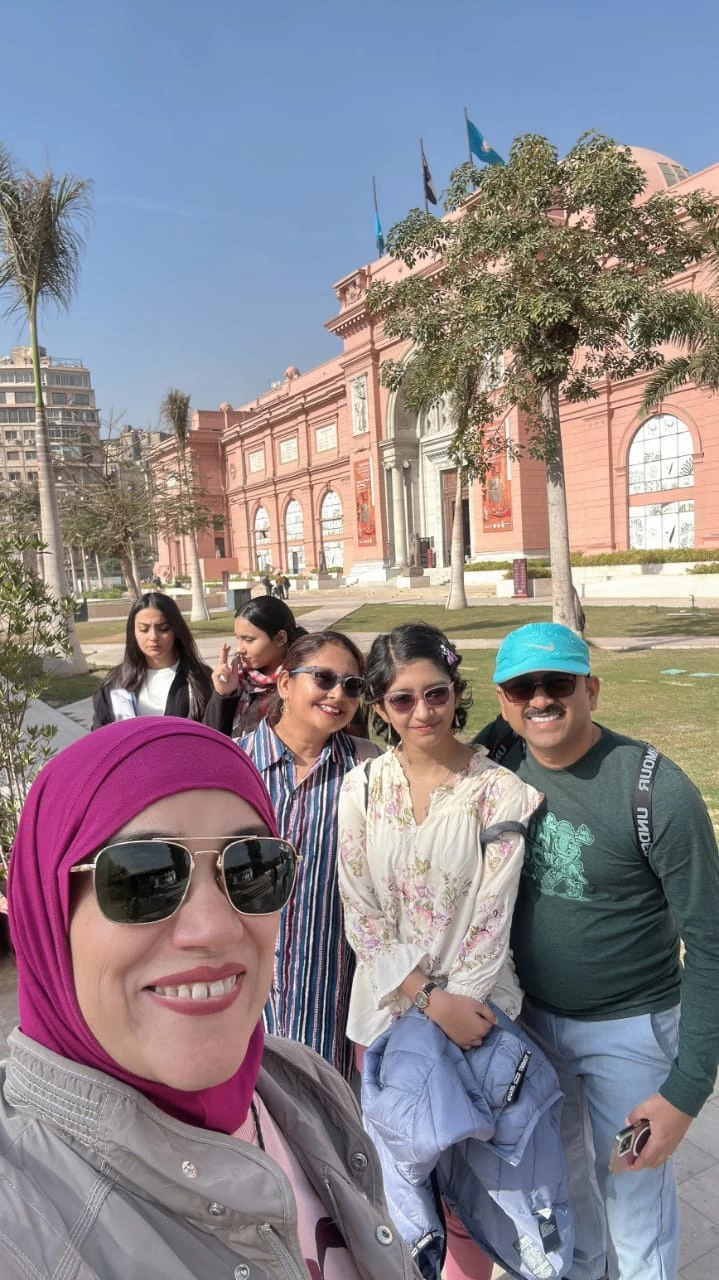
-webp.webp)
-webp.webp)

-webp.webp)
-webp.webp)
-webp.webp)
-webp.webp)
-webp.webp)
-webp.webp)



-webp.webp)

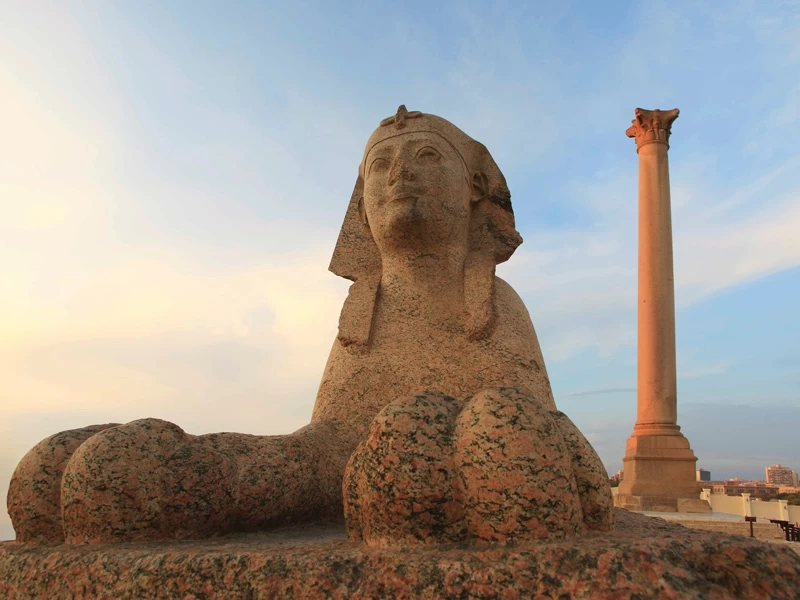




-webp.webp)
-webp.webp)










.png)

